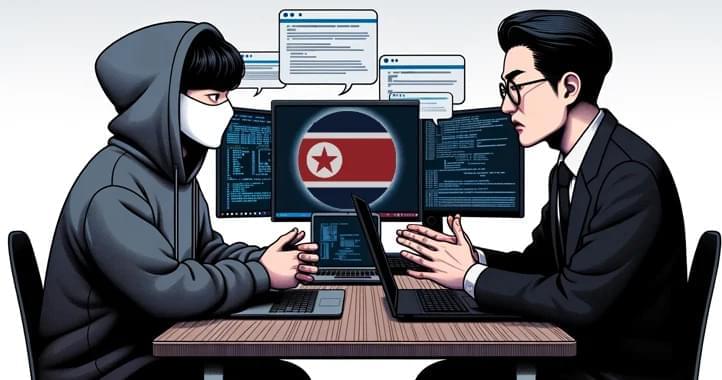For about 25 years, bird flu viruses typically originated in Asia – but the virus that began spreading in 2021 arose in Europe and Africa.
By Grace Wade

For about 25 years, bird flu viruses typically originated in Asia – but the virus that began spreading in 2021 arose in Europe and Africa.
By Grace Wade
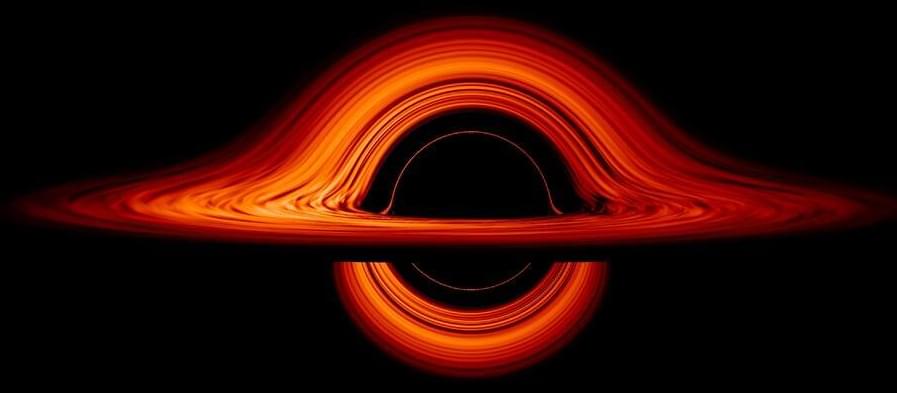
Scientists in Japan have managed to manipulate light as though it was being influenced by gravity. By carefully distorting a photonic crystal, the team was able to invoke “pseudogravity” to bend a beam of light, which could have useful applications in optics systems.
One of the quirks of Einstein’s theory of general relativity is that light is affected by the fabric of spacetime, which itself is distorted by gravity. That’s why objects with extremely high masses, like black holes or entire galaxies, wreak such havoc on light, bending its path and magnifying distant objects.
In recent studies, it was predicted that it should be possible to replicate this effect in photonic crystals. These structures are used to control light in optics devices and experiments, and they’re generally made by arranging multiple materials into periodic patterns. Distortions in these crystals, it was theorized, could deflect light waves in a way very similar to cosmic-scale gravitational lenses. The phenomenon was dubbed pseudogravity.
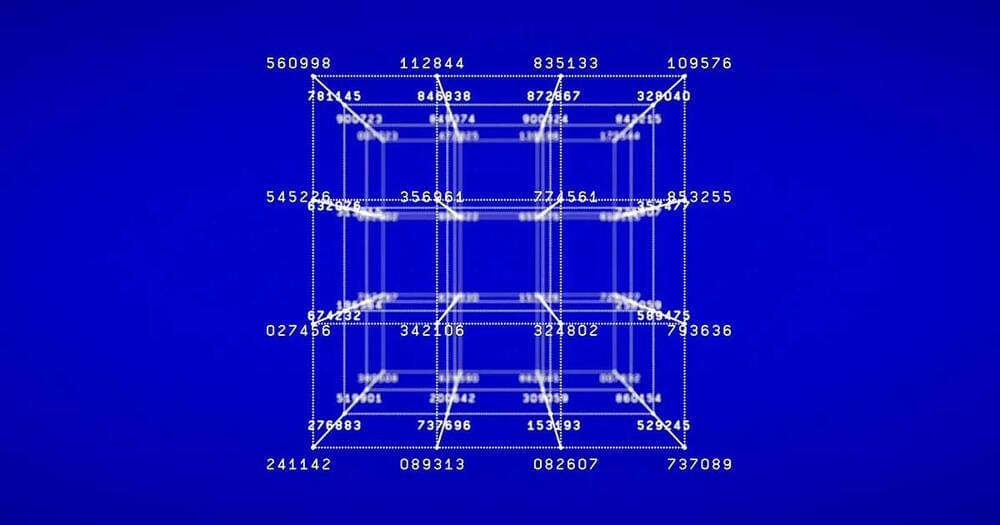
As Shor looked for applications for his quantum period-finding algorithm, he rediscovered a previously known but obscure mathematical theorem: For every number, there exists a periodic function whose periods are related to the number’s prime factors. So if there’s a number you want to factor, you can compute the corresponding function and then solve the problem using period finding — “exactly what quantum computers are so good at,” Regev said.
On a classical computer, this would be an agonizingly slow way to factor a large number — slower even than trying every possible factor. But Shor’s method speeds up the process exponentially, making period finding an ideal way to construct a fast quantum factoring algorithm.
Shor’s algorithm was one of a few key early results that transformed quantum computing from an obscure subfield of theoretical computer science to the juggernaut it is today. But putting the algorithm into practice is a daunting task, because quantum computers are notoriously susceptible to errors: In addition to the qubits required to perform their computations, they need many others doing extra work to keep them from failing. A recent paper by Ekerå and the Google researcher Craig Gidney estimates that using Shor’s algorithm to factor a security-standard 2,048-bit number (about 600 digits long) would require a quantum computer with 20 million qubits. Today’s state-of-the-art machines have at most a few hundred.

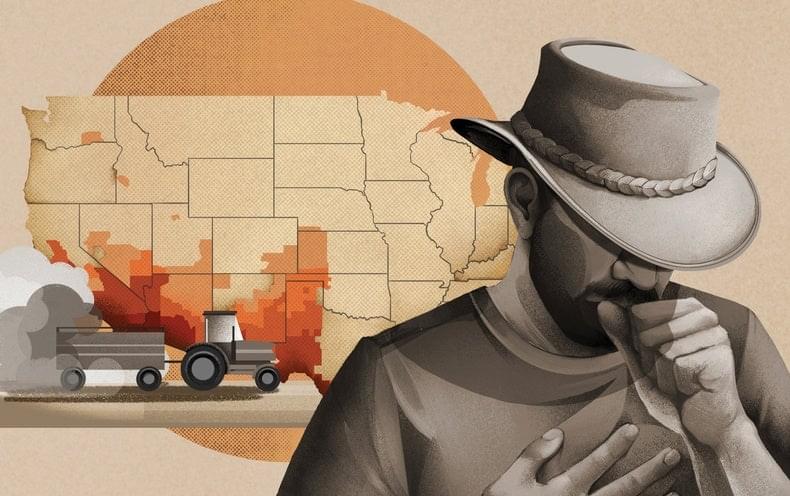
It could be used inside the body to perform tasks like retrieving objects swallowed by accident.

🕵️♂️ Nation-state hackers are turning to Discord. Discover how they’re using this social platform for potential cyber-espionage and target critical infrastructure.
Read:
In what’s the latest evolution of threat actors abusing legitimate infrastructure for nefarious ends, new findings show that nation-state hacking groups have entered the fray in leveraging the social platform for targeting critical infrastructure.
Discord, in recent years, has become a lucrative target, acting as a fertile ground for hosting malware using its content delivery network (CDN) as well as allowing information stealers to siphon sensitive data off the app and facilitating data exfiltration by means of webhooks.
“The usage of Discord is largely limited to information stealers and grabbers that anyone can buy or download from the Internet,” Trellix researchers Ernesto Fernández Provecho and David Pastor Sanz said in a Monday report.
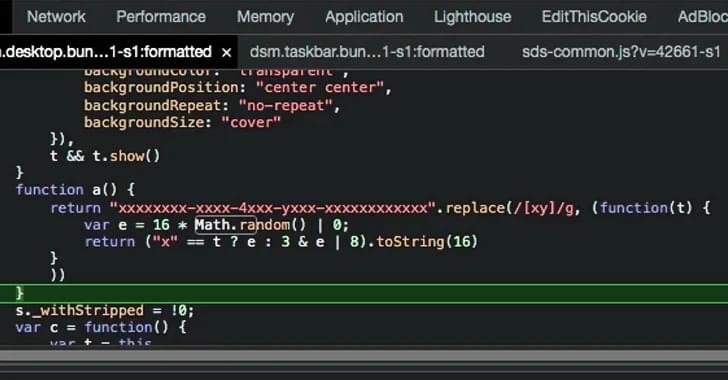

Zero-day alert: 10K cisco IOS XE systems now compromised:
Just a day after Cisco disclosed CVE-2023–20198, it remains unpatched, and one vendor says a Shodan scan shows at least 10,000 Cisco devices with an implant for arbitrary code execution on them. The vendor meanwhile has updated the advisory with more mitigation steps.
